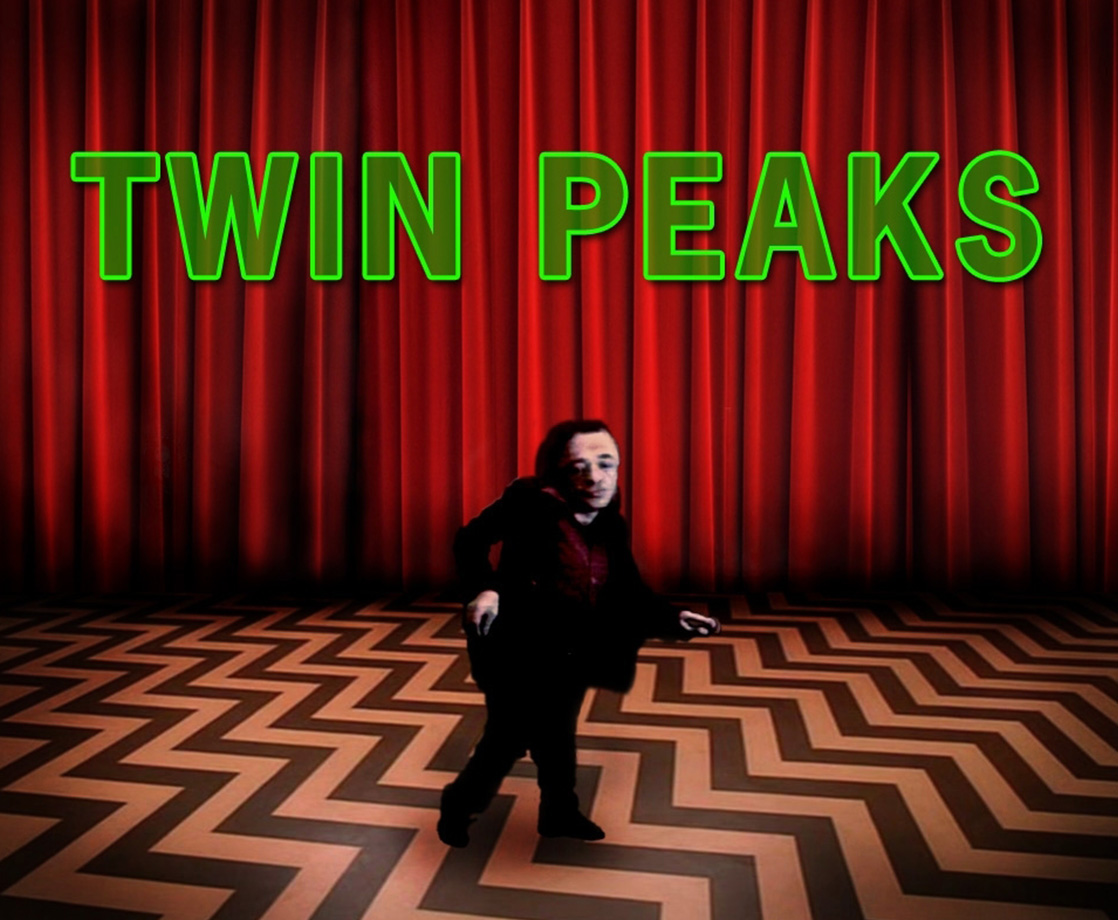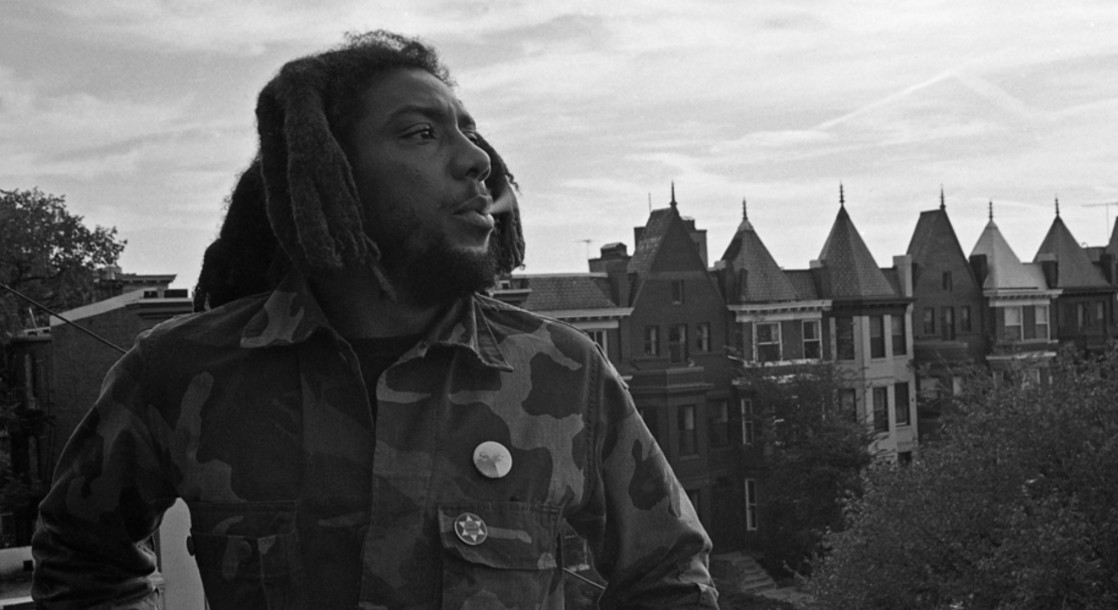In the age of prestige drama, it seems that everywhere you look, you see a show that claims to be influenced by Twin Peaks. This makes for a handy critical phrase to describe any TV series that has a dream sequence here or there or one that incorporates a fog machine, but rarely do writers get into what they mean when they say they are “influenced by Twin Peaks.” And David Lynch himself doesn’t even subscribe to the idea that his show had any effect on the TV canon.
It isn't enough to just incorporate elements of absurdity into a TV show for you to claim it’s “Lynchian.” Absurdity has been creeping its way into television for decades in shows like Northern Exposure and Monty Python’s Flying Circus. What made Twin Peaks unique was its pop surrealism; it was the first mainstream surrealist show, and has been one of the only silver screen blockbusters to do the genre justice. As David Lynch’s short-lived, influential series returns to TV this Sunday after a 26-year hiatus, let’s explore how the original really changed TV, and why so few shows have managed to create anything quite like it since.
A Traditional Show
Despite its strange flourishes, Twin Peaks is structured like a traditional detective show. How many times have you heard a story of a quirky cop (Kyle McLaughlan) who comes to a small town to solve a grisly crime? From True Detective to Fargo to Murder She Wrote: this is nothing we haven’t seen before. In this story, Laura Palmer (Sheryl Lee), the homecoming queen, died mysteriously. There are the overbearing parents, the jilted love interest, the corrupt businessman, and even the local drifter. There is an old saw mill. There is the diner that always has a hot cup of coffee ready. And of course, there are secrets, because what is a cinematic small town without secrets?
Lynch, like every great surrealist artist, looks to the comfortable and familiar in order to find absurdity. In narrative surrealism, you begin with the familiar and poke, prod, and stretch it until it becomes absurd. This reveals itself quickly in Twin Peaks. Our hero literally can't do anything before he has coffee: it is as though he’s paralyzed without it.
The victim’s father (Ray Wise) is so fully and completely struck by the grief of his daughter’s passing that he breaks out into mournful renditions of lounge songs and his hair literally turns white. The kooky woman (Catherine E. Coulson) with something to hide isn't just a little off: she carries around a log and talks to it. The town’s obligatory jailbait/Lolita character, Audrey Horne (Sherilyn Fenn), oozes sexuality to the point of absurdity, down to jazz riffs that follow her wherever she goes and the classic knot-in-the-cherry-stem trick.
With almost every character in Twin Peaks, our comfortable TV short-hand is pushed to the limit. So many people watch television because it reflects everyday experience, but with a bit more excitement. But the great contradiction of drama is that in creating an exciting plot, you create something that is not like everyday life at all; it isn’t real. Stretching boundaries of these tropes and cliches eventually turns them into something unrecognizable and ridiculous. Doing this opens the door for Lynch to introduce imagery that is completely illogical to the narrative, but yet, somehow feels appropriate, like the legendary dream sequence that endures as a lasting cultural memory of the show.
Different Traditions of Absurdity
Because there is so little absurdist art available to mainstream American audiences, we tend to group it all together. Twin Peaks has far less in common with the best known Western absurdist, Samuel Beckett, than it does with Luis Buñuel, the Spanish surrealist. Buñuel’s The Discreet Charm of the Bourgeoisie takes the familiar tropes of parlour drama and heightens the depravity and decadence of the aristocratic class to the point of absurdity. The Bourgeoisie dinner guests are plagued by painful screams and poisoned plants in their dogged pursuit of getting their dinner. This classic comic bit where the characters are deterred from a nice meal by various distractions has been done over and over again from Shakespeare to the Seinfeld Chinese restaurant episode. Here Buñuel takes this classic conceit to absurd extremes.
The Twilight Zone is often compared to Twin Peaks, and while the shows are similar in tone, Twilight Zone episodes tend toward a cohesive internal logic. Twilight Zone episodes don’t comment on the ridiculousness of genre, but instead try to use the tools of sci-fi and horror to tell stories of modern morality. While we might call these images “surreal,” in the sense that they are strange, they aren’t “surrealist.” Buñuel and Lynch are starting with something familiar — the mystery and the parlour drama — and they highlight the absurdity of a dramatic conceit until they introduce imagery that is unnatural and irrational, aimed at awakening something in the subconscious. As the infamous definition of “Lynchian” goes, it’s a mix of the mundane and the grotesque, the familiar and the extreme. It is no mistake that both Peaks and Bourgeoisie introduce lengthy dream sequences, but only after they've spent a fair bit of time tearing apart their traditional frameworks.
What Does It Mean to Be Influenced?
Rolling Stone recently published a list of shows influenced by Twin Peaks. For the most part “influence” here is about tone. The show gave future showrunners permission to tell darker stories; it gave writers permission to include more dream sequences in their work. But, it is actually very rare to find a show influenced by Twin Peaks’ particular brand of surrealism; the few shows that have share Peaks’ surrealist tendencies have also rarely gone as far as Lynch in tearing at the absurdity of TV’s tropes and cliches.
Shows like True Detective, The Killing, and Broadchurch deservedly made Rolling Stone’s list due to their eerie tonal similarities to Peaks. Legion and The X-Files share Lynch’s interest in how the supernatural and psychological bleed into the real world. But, the show on the list that really shares the most DNA with Twin Peaks is The Sopranos. The Sopranos is loaded with the weight of every gangster movie that came before it, just like Peaks slavishly recalls soaps, neo-noirs, and police dramas of the era. Sopranos characters quote Goodfellas and try to dress like their fictional gangster heroes just like Peaks characters slide perfectly into small town soap opera stereotypes. Anti-hero Tony Soprano (James Gandolfini) and writer David Chase nod to this in the Sopranos pilot when Tony says, “It's good to be in something from the ground floor. I came too late for that and I know. But lately, I'm getting the feeling that I came in at the end. The best is over.” These lines are both about the late 21st century gangster and the 21st century gangster writer.
For both Lynch and Chase, their chosen genre had been done to death. In their eyes, there was nothing left to do but pick at it, dig into it, subvert it, and then, ultimately, transcend it. And yes, they both eventually got to some pretty cool dream sequences.
While television owes Lynch a debt for launching a good many small town detective stories, we really ought to thank Lynch for showing generations of showrunners how to question the very way they tell stories. It turns out television is a hell of a lot more interesting when you rip it apart from the inside and put it back together into something wholly new (and, of course, filled with Douglas Fir trees).
Follow Brenden on Twitter











